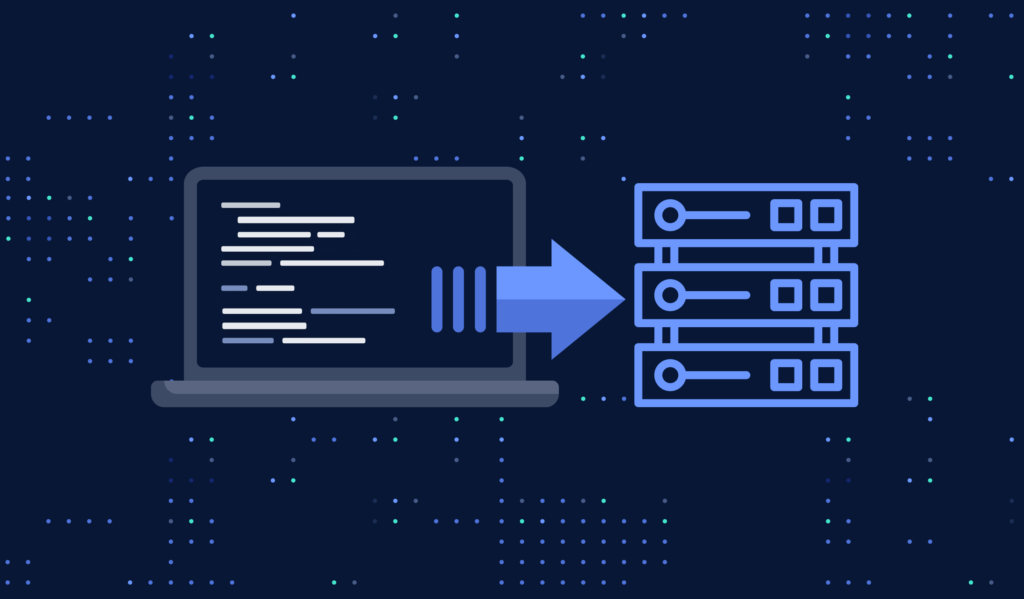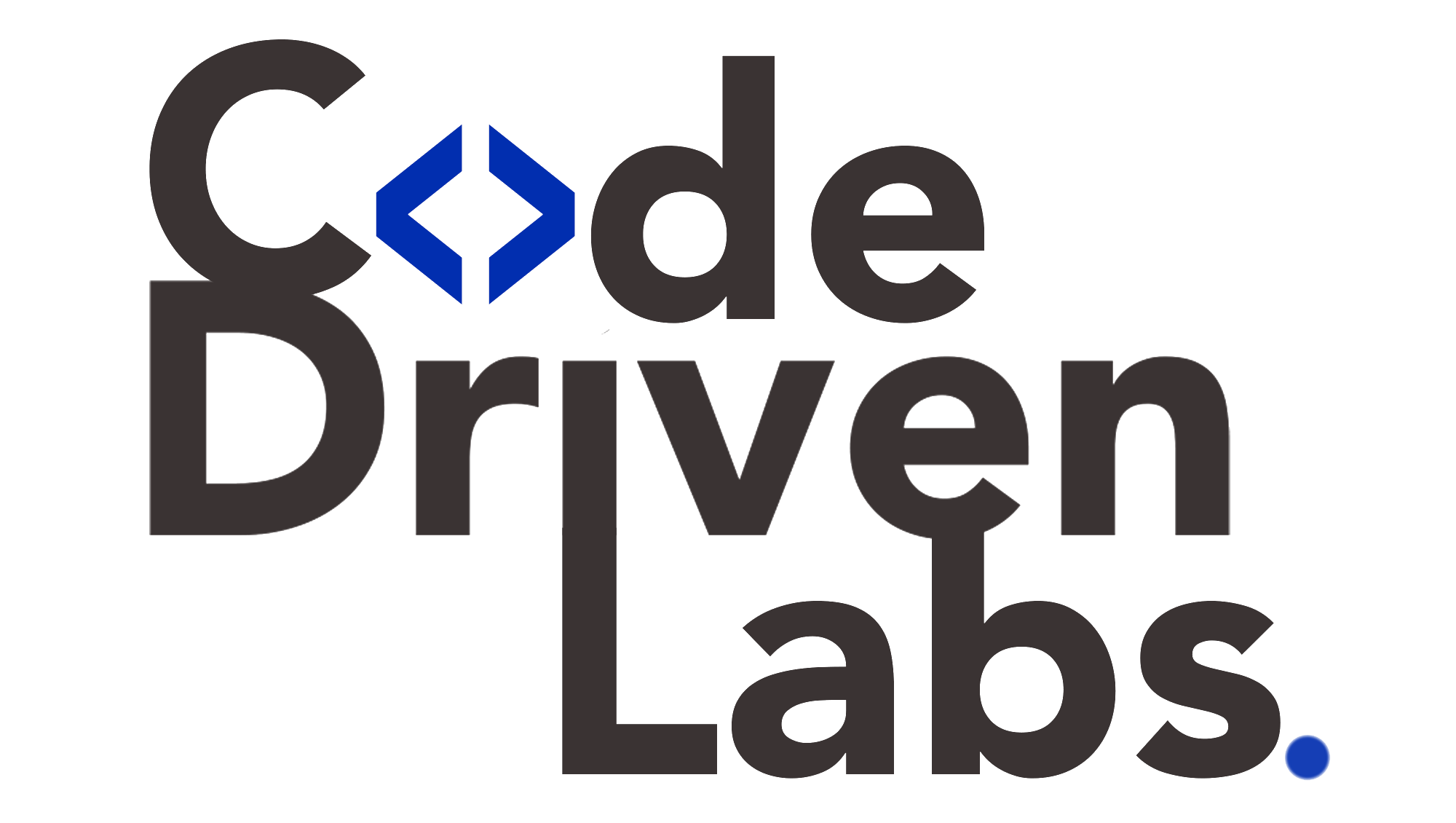Level up your business with US.
- Home
- Infrastructure as Code (IaC): The Backbone of Scalable DevOps in the Cloud Era
Infrastructure as Code (IaC): The Backbone of Scalable DevOps in the Cloud Era
July 12, 2025 - Blog
Infrastructure as Code (IaC): The Backbone of Scalable DevOps in the Cloud Era
In the cloud-driven, fast-paced world of modern software development, manual infrastructure management is no longer sustainable. As systems grow in complexity and scale, organizations are increasingly turning to Infrastructure as Code (IaC) to provision, manage, and monitor their infrastructure — not with scripts or tickets, but with code.
Infrastructure as Code is a foundational pillar of DevOps, enabling automation, consistency, and scalability. It turns infrastructure provisioning into a programmable, version-controlled process — the same way we handle application development. In this blog, we’ll explore what IaC is, why it matters, and how Code Driven Labs helps businesses implement IaC to power agile, resilient, and scalable cloud operations.

What Is Infrastructure as Code (IaC)?
Infrastructure as Code is the practice of managing and provisioning computing infrastructure — such as servers, databases, networks, and cloud services — using machine-readable definition files rather than manual processes.
Instead of spinning up resources via a cloud console or command line, developers define infrastructure in code files (JSON, YAML, HCL, etc.). These files are executed by IaC tools like Terraform, AWS CloudFormation, Pulumi, or Ansible to provision infrastructure in a consistent and repeatable manner.
IaC allows teams to:
-
Version control infrastructure like application code
-
Automate environment creation and teardown
-
Reduce human error and configuration drift
-
Improve disaster recovery and rollback strategies
Why IaC Is Vital in the Cloud Era
The cloud has made infrastructure elastic and dynamic — but without automation, it becomes chaotic. Manually setting up infrastructure introduces inconsistencies, delays, and risks. With DevOps culture pushing for continuous delivery and deployment, IaC becomes essential to achieving speed and reliability.
Here’s why IaC is a cornerstone of modern DevOps and cloud engineering:
1. Speed and Efficiency
IaC allows environments to be spun up in minutes rather than hours or days. Automation reduces manual intervention, so infrastructure becomes as agile as your application code.
2. Consistency Across Environments
Whether you’re creating a development, staging, or production environment, IaC ensures each setup is identical — eliminating the dreaded “it works on my machine” problem.
3. Scalability and Flexibility
Need to scale up your resources for a high-traffic event? IaC lets you do it with a few lines of code. Need to deploy in multiple regions? No problem — it’s all configurable.
4. Disaster Recovery and Rollback
Version-controlled infrastructure means you can roll back to a known-good state, recover from outages quickly, and ensure high availability.
5. Auditability and Compliance
Since infrastructure is defined in code, it’s easy to review, audit, and ensure compliance with internal or regulatory standards.
Popular IaC Tools in 2025
Here are the tools leading the Infrastructure as Code movement:
-
Terraform – Cloud-agnostic, declarative syntax, highly modular. Ideal for multi-cloud strategies.
-
AWS CloudFormation – Deeply integrated with AWS. Uses JSON or YAML to define AWS resources.
-
Pulumi – Allows developers to define infrastructure using familiar programming languages like Python, TypeScript, and Go.
-
Ansible – Primarily used for configuration management, but also supports infrastructure provisioning.
-
Chef and Puppet – Useful in complex, hybrid infrastructure environments with configuration-heavy workflows.
IaC Use Cases in the Real World
-
Startups using Terraform to spin up test environments for every pull request
-
Enterprises using Ansible to ensure consistent configuration across hundreds of servers
-
SaaS companies using Pulumi to create infrastructure templates for new client onboarding
-
E-commerce platforms using CloudFormation for scalable, high-availability deployments across regions
IaC is no longer just a best practice — it’s the backbone of automated, scalable cloud infrastructure.
How IaC Powers DevOps Success
The success of DevOps hinges on automation, speed, and collaboration. IaC enables all three by making infrastructure repeatable, trackable, and testable.
A. Integration with CI/CD Pipelines
IaC integrates with your CI/CD pipelines to:
-
Automatically provision infrastructure for new deployments
-
Test infrastructure changes like application code
-
Deploy updates or rollbacks with confidence
B. Collaborative Infrastructure
IaC turns operations into code — so DevOps, developers, and QA teams can all contribute, review, and collaborate on infrastructure changes through version control systems like Git.
C. Infrastructure Testing
Just like unit tests for code, tools like Terratest or KitchenCI allow you to test IaC modules before deploying to production, reducing surprises.
D. Cost Management
IaC makes it easier to create and destroy environments on demand, preventing cloud resources from being left on and driving up costs unnecessarily.
How Code Driven Labs Helps You Implement Infrastructure as Code
Code Driven Labs is a DevOps-first software partner that empowers businesses to automate and scale cloud infrastructure through Infrastructure as Code. Their team of cloud engineers and DevOps architects guide you from strategy to implementation, ensuring you get the most from your IaC investment.
Here’s how they help:
1. IaC Strategy & Tool Selection
Choosing the right toolset is crucial. Code Driven Labs assesses your:
-
Cloud provider (AWS, Azure, GCP)
-
Team skill set
-
Application architecture
-
Business goals
Based on this, they recommend the best tools (e.g., Terraform vs CloudFormation) and architectures that align with your DevOps maturity.
2. Modular Infrastructure Design
Code Driven Labs helps you build modular, reusable IaC templates that promote scalability and reduce code duplication. This allows you to:
-
Launch environments with consistent configurations
-
Share infrastructure across teams
-
Accelerate project onboarding
3. Automation with CI/CD Integration
They integrate IaC into your DevOps pipelines using tools like GitHub Actions, GitLab CI, Jenkins, or CircleCI, enabling:
-
Automated provisioning during deployments
-
Infra change validation with pull request workflows
-
Environment teardown for cost-saving
4. Environment Management
From development and testing to production, Code Driven Labs enables consistent infrastructure across all environments. They implement:
-
Environment-specific configuration
-
Secure secrets management
-
State management with remote backends (e.g., Terraform Cloud, S3 + DynamoDB)
5. Security and Compliance
With built-in practices like policy-as-code (using tools like Open Policy Agent) and vulnerability scanning, Code Driven Labs ensures your infrastructure follows compliance guidelines from day one.
6. Training and Documentation
They empower your internal teams by offering:
-
Detailed IaC documentation
-
Internal knowledge-sharing sessions
-
Custom training workshops on Terraform, CloudFormation, and GitOps practices
7. Ongoing Support and Optimization
IaC isn’t a one-time setup. Code Driven Labs offers managed DevOps services to:
-
Maintain your codebase as your infrastructure evolves
-
Optimize resources for cost and performance
-
Monitor for drift and enforce standards
Real-World Impact: What You Gain with Code Driven Labs
-
50% faster environment provisioning
-
30–60% reduction in infrastructure-related bugs
-
Improved uptime through reliable rollback and testing
-
Lower cloud spend via automated resource teardown
-
Stronger collaboration between dev, ops, and security
Final Thoughts: Build Smarter, Not Harder
Infrastructure as Code is more than a DevOps trend — it’s a requirement in a world where scalability, reliability, and speed are competitive advantages. By codifying infrastructure, teams gain control, visibility, and confidence in every deployment.
Code Driven Labs helps organizations of all sizes adopt IaC the right way — combining best practices, tool expertise, and cloud strategy to build strong infrastructure foundations for long-term success.
